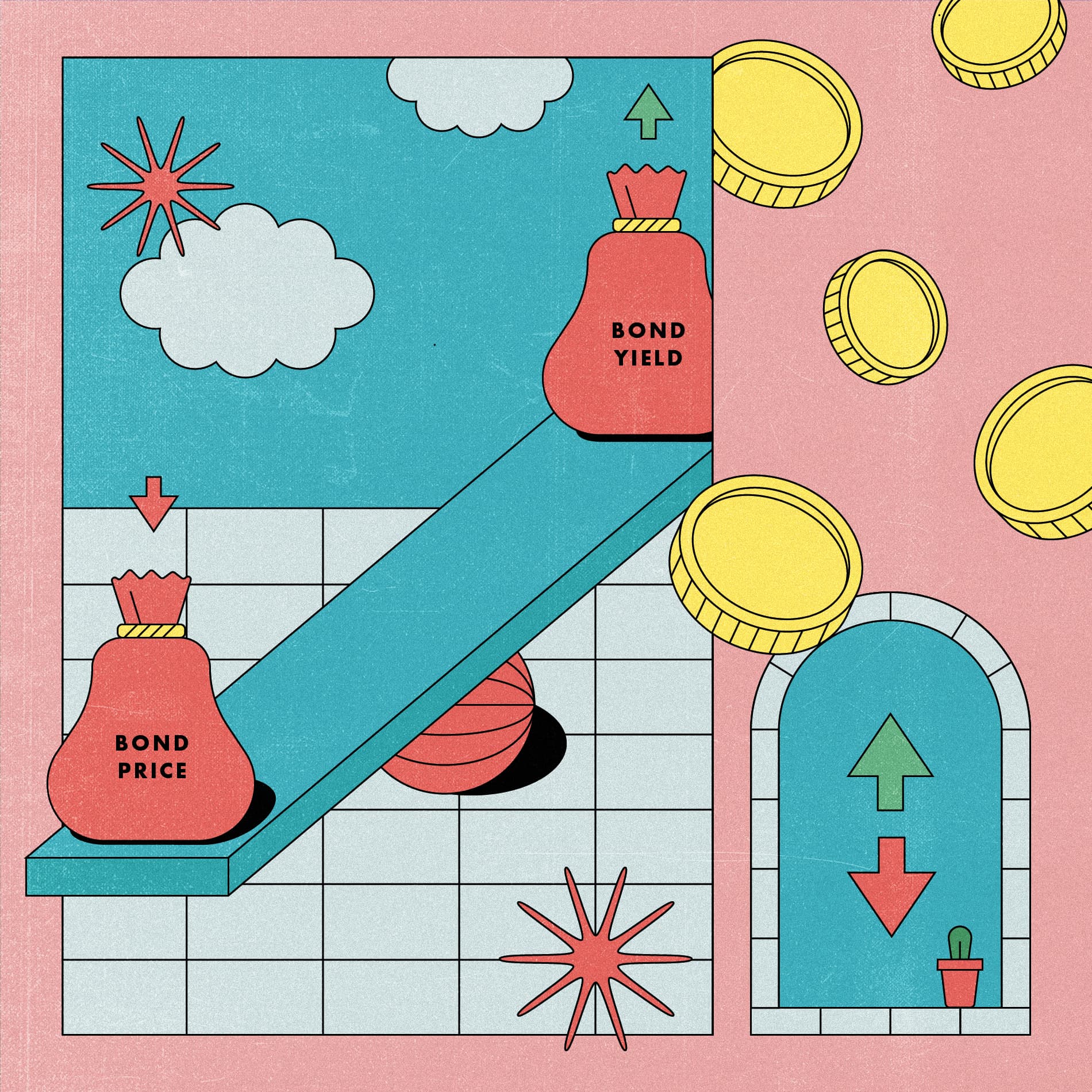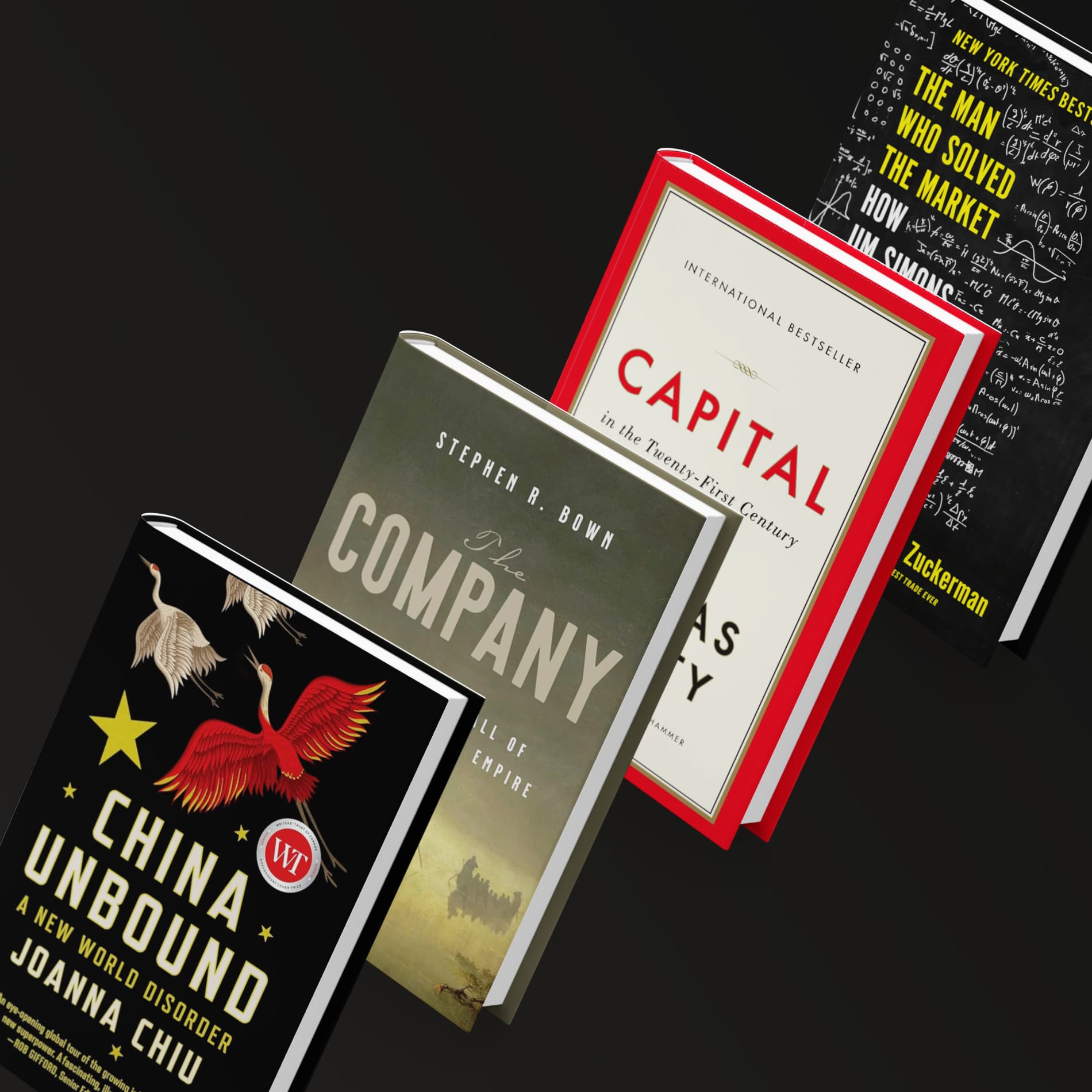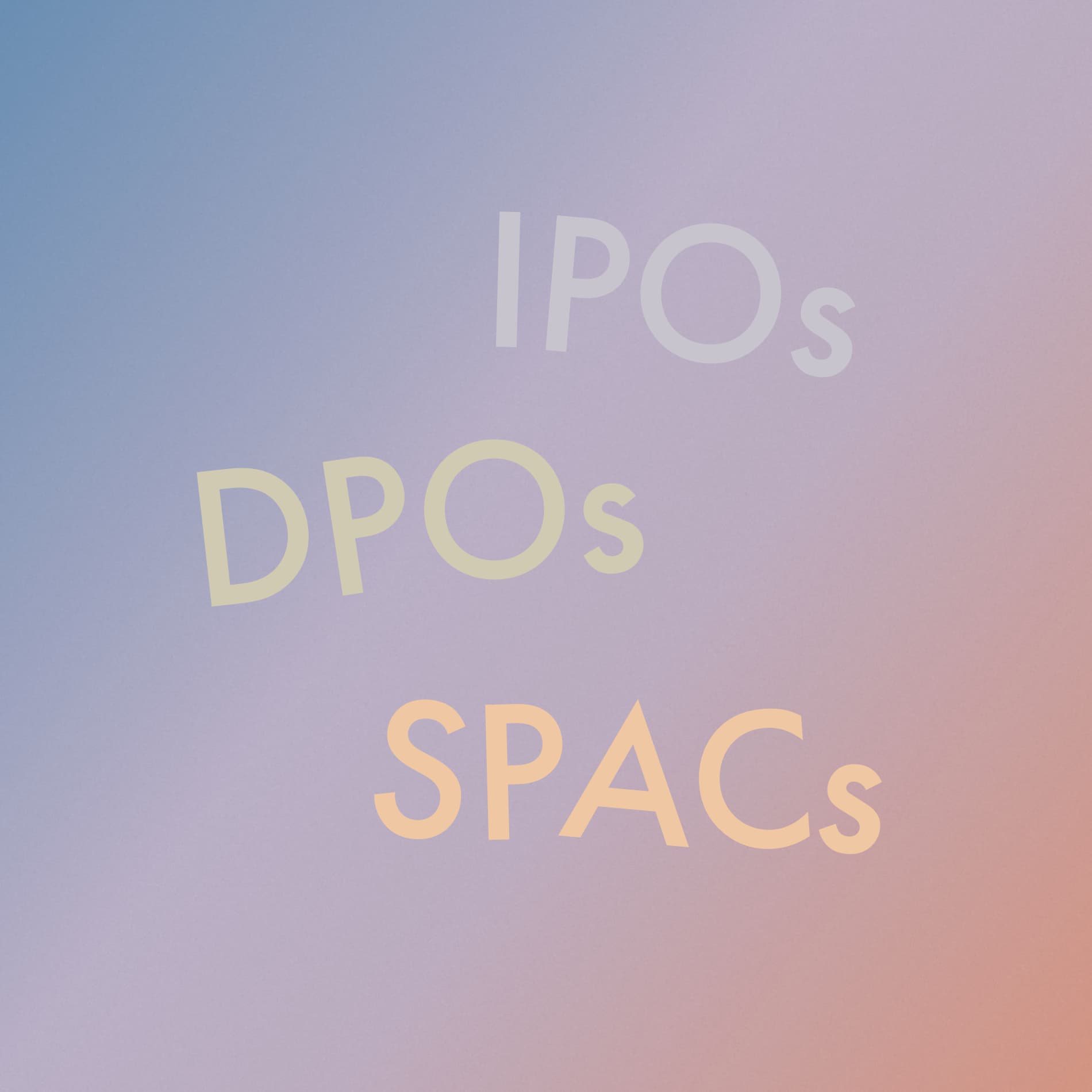Finance for Humans
Here Are the Eight Tax Tips You Need
Not even COVID-19 could stop tax season from showing up, forgetting its N95 and forgetting that you’re supposed to fist bump instead of shake. To get you ready for it, we grilled the experts at Wealthsimple Tax until they told us the eight most important things to know to get it right.
Wealthsimple makes powerful financial tools to help you grow and manage your money. Learn more
Tax seasons are never welcomed, but this year seems particularly like a drag. I mean, haven’t we already been through enough without… government-mandated math? Couldn’t they just replace this year’s tax deadline with something a little more fun — like a free trampoline? We requested this, but the CRA has not responded. So in the meantime what we can do is answer some of the questions that make us all stressed out about taxes in the first place.
But if you have a trampoline, these tips will be even more fun to read if you’re bouncing.
What’s the biggest unforced tax error?
This one’s easy: filing your taxes late if you don’t need to.
Last year, because of the pandemic, the government graciously extended the tax filing deadline by a few months. This year, COVID-19’s still kicking around, but you’ll get no such accommodations. So taxes are due April 30, 2021. The good news is that you’ll have far fewer distractions so you can get started on your tax prep right away.
This is, of course, also the bad news.
Why file on time? First, most Canadians have refunds coming to them. If you miss the deadline, the CRA will hold your refund hostage — as well as any tax credits you share with a spouse or dependents.
And if you miss the deadline and do owe taxes, you’ll be subject to monetary penalties. And they’re steep — starting with 5% on the amount you owe.

Sign up for our weekly non-boring newsletter about money, markets, and more.
By providing your email, you are consenting to receive communications from Wealthsimple Media Inc. Visit our Privacy Policy for more info, or contact us at privacy@wealthsimple.com or 80 Spadina Ave., Toronto, ON.
Bottom line: delaying is just going to be more expensive.
One thing to note: freelancers or spouses slash common-law partners of freelancers, may wait to file their returns until June 15, 2021, but that doesn’t change the due date for any outstanding taxes owed. It’s still April 30, 2021, no exceptions.
Should I file my own taxes or pay someone to prepare them while I do some oil painting?
The first question to answer here is: how good at oil painting are you? The more important question is: what would you be hiring a tax preparer to do? A lot of people think a preparer is going to do the legwork for them or get them a better refund, or hopefully both. But for most of us, that’s not the case.
Here are some good reasons to hire a professional tax preparer.
You have multiple businesses with lots of complicated transactions, or you’re self-employed with a basement full of paperwork. Arduous returns may be worth farming out. But keep in mind that professionals at accounting firms generally charge between $100 and $500 per hour. Would you sort through your own materials for $100-$500 an hour? Therein lies your answer.
You have multiple brokerage accounts with international stocks and lots of complicated trades.
Your last name is Trump or you suspect you might have shell companies registered in your name in the Cayman Islands. Good luck!
Here are some reasons, on the other hand, you should do them yourself.
You’re going to have to collect all the pertinent documents whether you’re hiring someone or not.
There are great online tools (like Wealthsimple Tax) designed to get you the best outcome possible — and the confidence that your return is done right.
A live human is likely going to charge a minimum of $100 (and an experienced accountant will likely charge several times that.) Tax preparation software, on the other hand, will run you between $0 and $65.
If you choose Wealthsimple Tax (not that we’re biased) you can pay whatever you think is fair regardless of how complicated your taxes are.
If I got married (or common-law married) do I need to do anything?
Once you’re done basking in newlywed or common-law bliss, declare your new status to the CRA. They won’t send you a punch bowl, sadly, but your eligibility for certain credits (like the GST/HST credit which offsets sales tax) will now be calculated using your new, combined income. That usually means a smaller tax credit. If you forget to declare your status and collect more credit than you should, the CRA may come calling, and then you’ll have to give those funds back.
Recommended for you

The Bond Market Fell, Hard. An Explainer for Normal Humans
Finance for Humans

10 Books That’ll Teach You Everything (Or at Least a Lot) About Money
Finance for Humans

Nervous About Overheated Stocks? Let’s Revisit Four of Our Best-Ever Insights
Finance for Humans

Five Tax Enigmas That Confuse Basically Everyone
Finance for Humans
But it’s not all bad news. As a couple with a combined income and expenses, you’ll also be able to optimize your returns. Let us explain:
Certain credits can be transferred from one spouse to the other, so if the spouse with a lower income isn’t able to fully benefit from a credit — like the basic personal income or tuition credit — the higher earner can claim it and help offset his or her income. And certain shared expenses can be combined — like medical expenses or charitable donations — and claimed by just one person for a higher total refund than if they were split. (Wealthsimple Tax can do all of this automatically as long as both partners’ profiles are under one account. Learn more about linking profiles together here.)
Another benefit of your happy union is that you can now open a joint RRSP account — called a Spousal RRSP. This is an especially good option if one spouse has a much higher income than the other because it lets you contribute to your partner’s RRSP — so one of you doesn’t end up with a much bigger account than the other. Why does that matter? In the short term, it doesn’t change a thing — every dollar you contribute lowers your taxable income. But down the road in retirement, it makes a big difference. Here’s how:
Say you don’t take advantage of a Spousal RRSP and in retirement, you end up with $1.5 million in your RRSP, and your spouse has $200,000. When it comes time to withdraw (let’s say at the standard rate of 4%) you will be getting $60,000 in income a year from your RRSP, compared to $12,000 for your spouse. That puts you in a much higher tax rate — and nobody wants that. With a Spousal RRSP, you could contribute to your partner’s account and even out the amounts in your account — keeping you both in a lower tax bracket. And there are even more benefits of a Spousal RRSP: you can read about them here.
I had a kid this year! What does that mean for my taxes?
Congratulations! What you lack in sleep you will make up in credits and tax deductions. (And of course joy). A few of those exciting benefits to look forward to are:
The Canada child benefit: a tax-free monthly benefit that you can apply for as soon as your child is born. It helps offset the many expenses that come with having a kid. Just apply once per kiddo and keep filing your taxes every year and the benefit is yours. Learn more here.
Claiming child care expenses: you can deduct the amount you paid for childcare, nannies, or daycare on your tax return, as long as the childcare is freeing you up to earn an income. The amount you can claim depends on your income and the number of kids you have.
CARE child benefit, for residents of Ontario only: on top of the child care expenses you can write off, you may also be eligible for the CARE benefit, which gives families a refund for their childcare expenses.
There are also many provincial credits and benefits (like GST) that may increase once you have a kid, and increase with each subsequent child you have. You can find out more about that here.
One more non-tax-related piece of advice: open a Registered Education Savings Plan (RESP)! This is where you can sock money away for post-secondary institutions with one enormous benefit: the government will match your contributions up to a certain amount each year. Free money! You can learn more about that here.
Will buying a home affect my filing?
Yep, it sure will, and it’s stuff you’ll want to take advantage of. First, if you bought a home in 2020, there’s something called the “home buyer’s amount,” that allows you to claim $5,000 on your tax return the year you bought your home, which could reduce your taxes by $750.
If you’re planning ahead and thinking of buying a home in 2021, there’s also the Home Buyer’s Plan. How does it work? Well, if you have funds in your RRSP, you can withdraw up to $35,000 tax-free to put towards the purchase of your home — you just have to make sure to start paying it back two years after withdrawing it and fully pay it back over the next 15 years.
How do I deal with my side-hustle income?
If you — like one-in-three Canadians — do work outside of your primary job, don’t forget you have to report the income on your tax return. That extra money will most likely be considered self-employment income, so you’ll need to complete a T2125 form. Just enter what you earned and deduct expenses you incurred to earn it (like home office expenses, for instance). Not sure what counts as a business expense? Learn more here.
I had to work from home because of COVID-19. Am I able to claim any of my expenses?
Did you, like so many fellow Canadians, spend 2020 at your kitchen table having daily business lunches with your favourite naval hero, Cap’n Crunch? Then surely you should be able to write off some stuff. There are two different ways to claim work from home expenses on your 2020 return:
The new temporary flat rate method. They should have just called this the “easy way.” If you worked at home for at least 50% of your time, for a period of at least four consecutive weeks, the CRA will allow you to claim a deduction of $2 dollars per day, up to a maximum deduction of $400. You don’t need to provide a T2200S from your employer or receipts for any of your expenses.
The detailed method. This method is more involved but will allow you to claim eligible work from home expenses without the $400 cap. If you want to go this route you’ll need a form from your employer called T2200S: Declaration of Conditions of Employment for Working at Home Due to COVID-19, as well as receipts and supporting documents. Before filing, you’ll want to bone up on the CRA’s comprehensive list of allowable expenses. Examples of things that can be claimed: rent, cell phone and internet service plans. Examples of things that cannot be claimed: office equipment, mortgage interest and your daily 5 p.m. negroni.
If you have more questions related to taxes and COVID-19, you’d do well to pay a visit to “You May Have to Pay Taxes on COVID-19 Benefits.”
What’s the smartest way to use my refund?
The big question. We’ve said it in the past and we’ll say it again: the best thing to do with your refund is to invest. We suggest a portfolio of well-diversified assets that keep fees as low as possible. (Hint: like our Wealthsimple Invest portfolios!) If you’re choosing between putting your refund into a TFSA or an RRSP, you should know that they have very different tax implications.
Not sure which is right for you? each has its own tax (and other) benefits. Read about how to make the choice between an RRSP and a TFSA here.
Ready to try the easiest, most intuitive, least expensive online tax preparation tool? Pay a visit to Wealthsimple Tax.
Andrew Goldman has been writing for over 20 years and investing for the past 10 years. He currently hosts ["The Originals"](https://podcasts.apple.com/us/podcast/the-originals/id1439490906 ""The Originals"") podcast and writes about personal finance and investing for Wealthsimple. Andrew's past work has been published in The New York Times Magazine, Bloomberg Businessweek, New York Magazine and Wired. He and his wife Robin live in Westport, Connecticut with their two boys and a Bedlington terrier.






